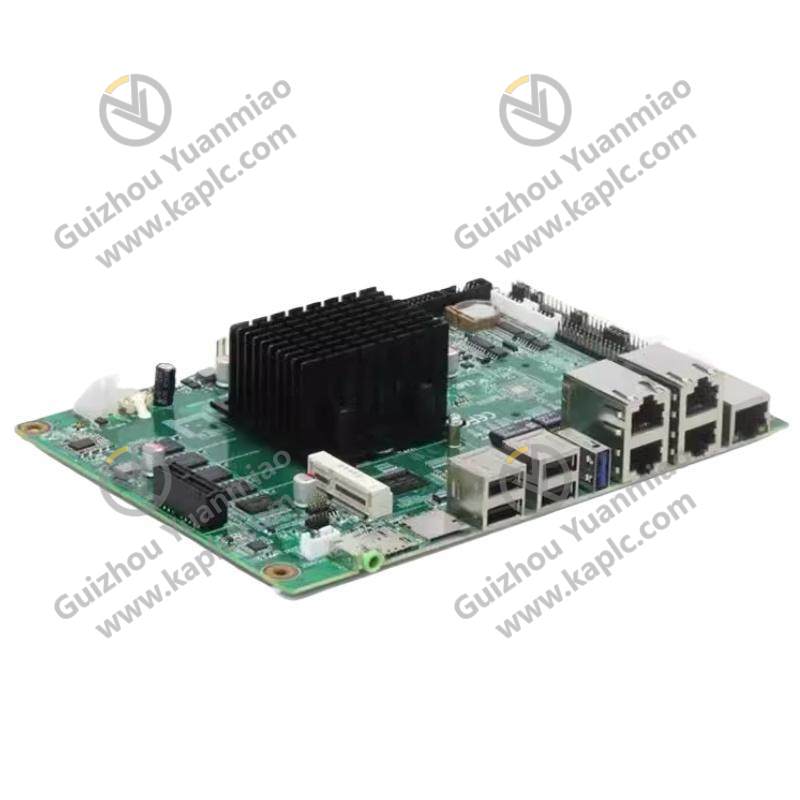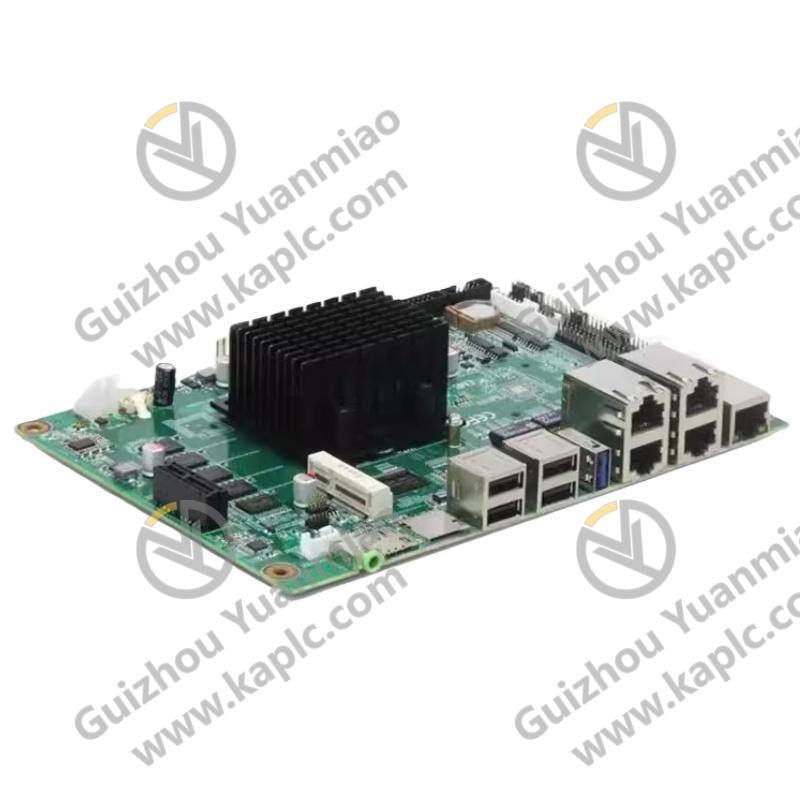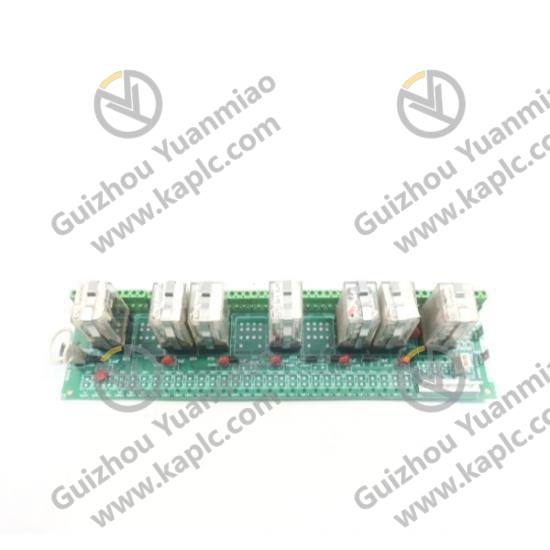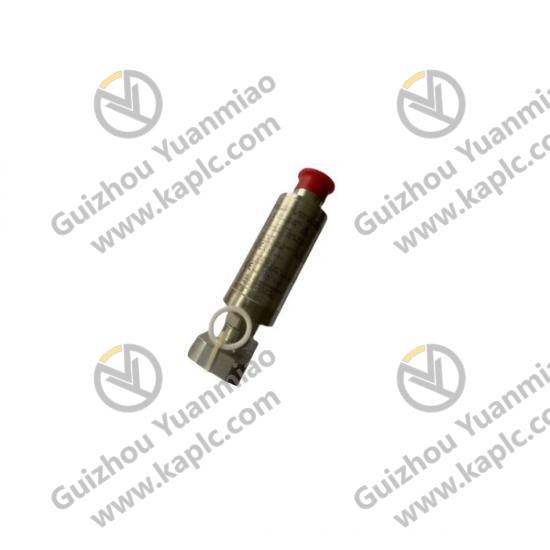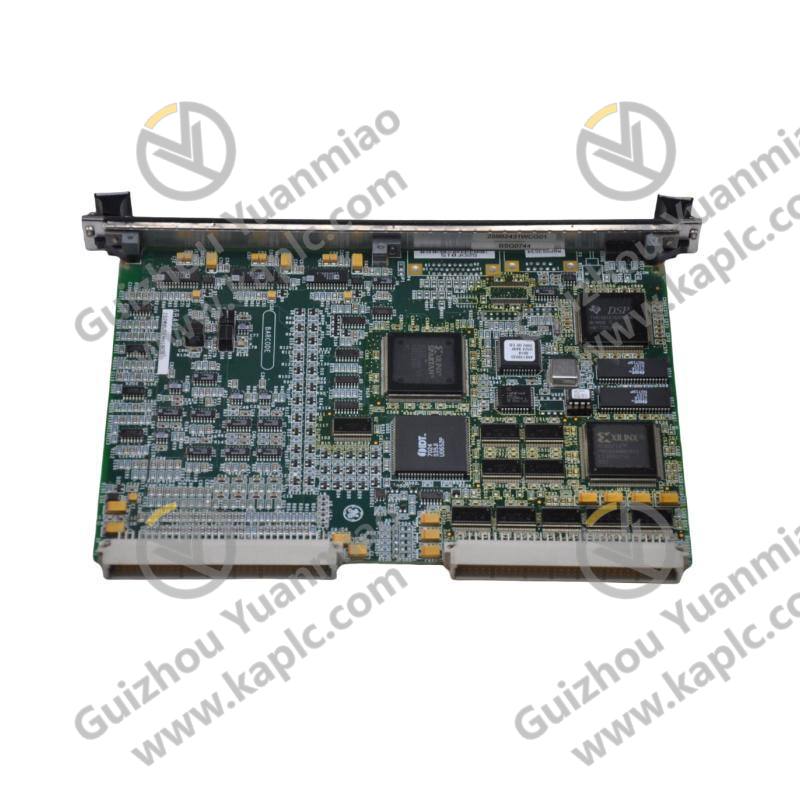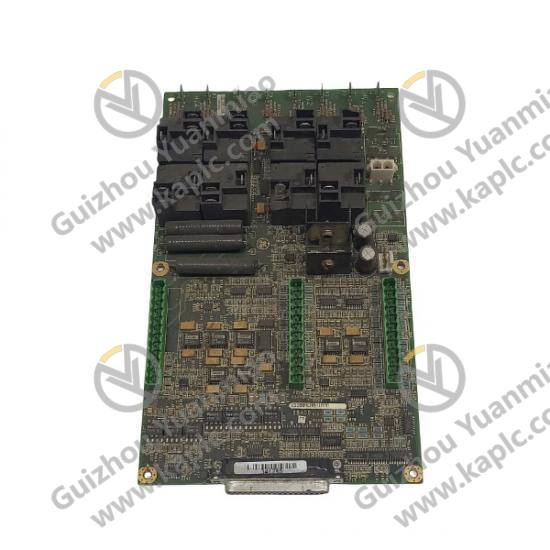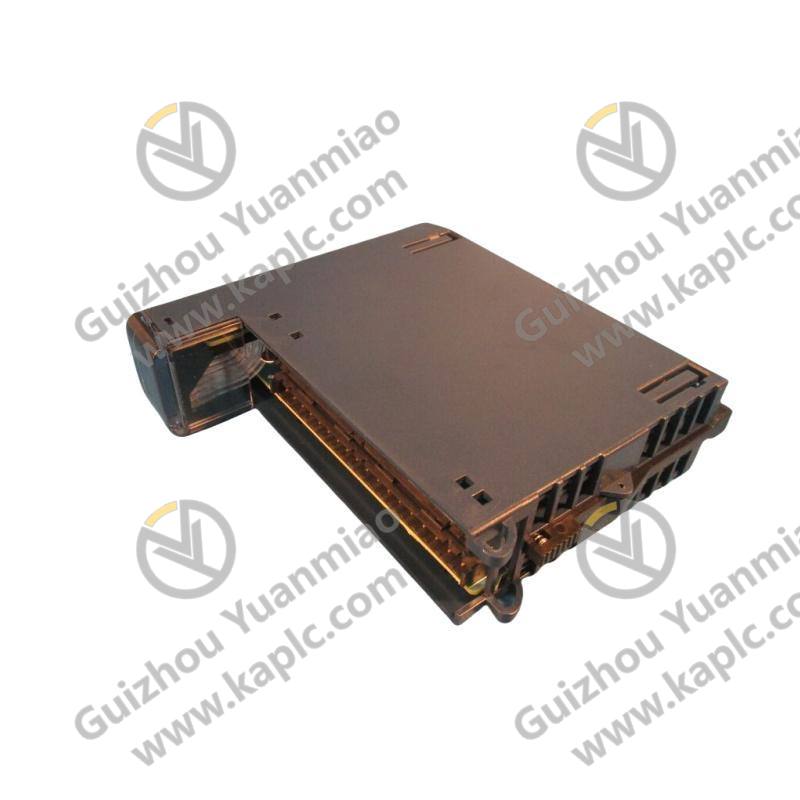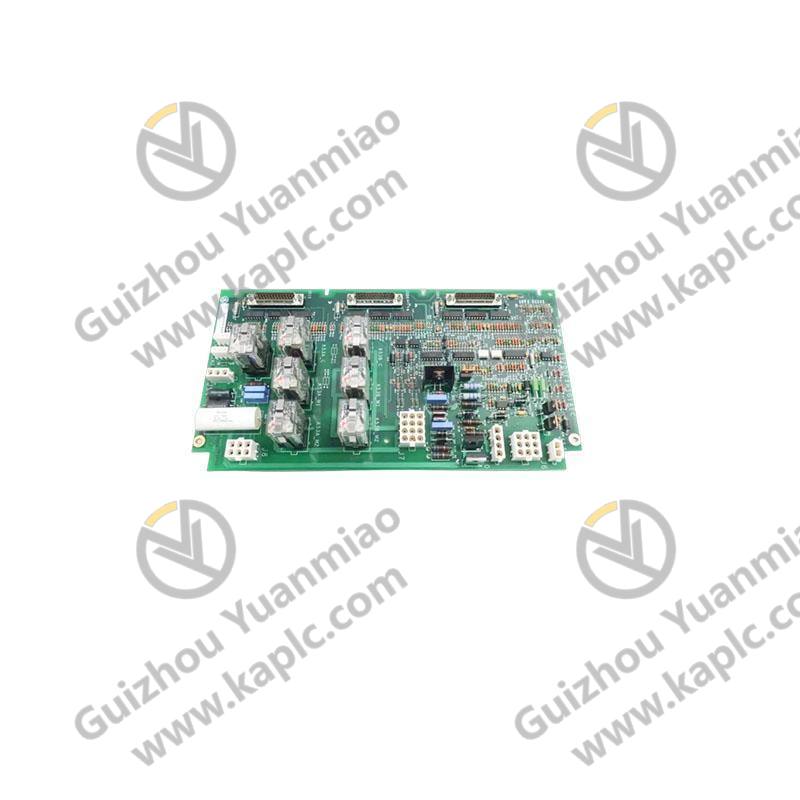GE 531X Series 113PSFARG1, High-Performance Power Supply Interface Card Module
Dimensions:4 cm x 24 cm x 29.2 cm
Weight:0.58 kg
Product Type:Power Supply Card
Series:Mark V
Outputs:Not applicable (specific to power supply interface)
Voltage:Range dependent on system requirements
Current Consumption:Max 210 mA
Board Compatibility:For use in GE's 531x series drives
Number of Connectors:Six vertical pin (male) cable connectors
Header Connectors:2-pin, 4-pin, 2x6-pin, 2x9-pin
Potentiometers:Six included
Resistors:Metal film and carbon composite
Capacitors:Polyester vinyl and electrolytic materials, including large electrolytic capacitors
Heat Sinks:Three provided
The GE 531X Series 113PSFARG1 Power Supply Interface Card Module is meticulously designed for seamless integration into complex industrial systems, ensuring optimal performance and longevity. Its robust construction and high-quality materials guarantee consistent power delivery and enhanced system stability.
Equipped with a comprehensive array of connectors and a sophisticated resistor-capacitor network, this card provides unparalleled flexibility and customization options, catering to diverse application needs within the industrial automation sector.
Featuring a sleek and compact design, the card minimizes space requirements without compromising on functionality, making it an ideal choice for modern, space-constrained industrial environments. Its durable build and efficient heat dissipation through multiple heat sinks ensure reliable operation under demanding conditions.
This Power Supply Interface Card Module is compatible with the GE Mark V Series, offering seamless integration and compatibility with existing systems. It is tailored to meet the stringent demands of industrial applications, delivering superior performance and reliability across various industries.
With its advanced specifications and innovative design, the GE 531X Series 113PSFARG1 Power Supply Interface Card Module is an essential upgrade for any industrial automation system, aiming to enhance efficiency, reduce downtime, and optimize overall operational costs.
